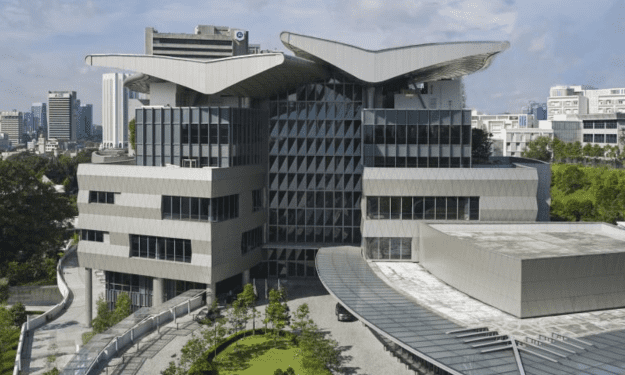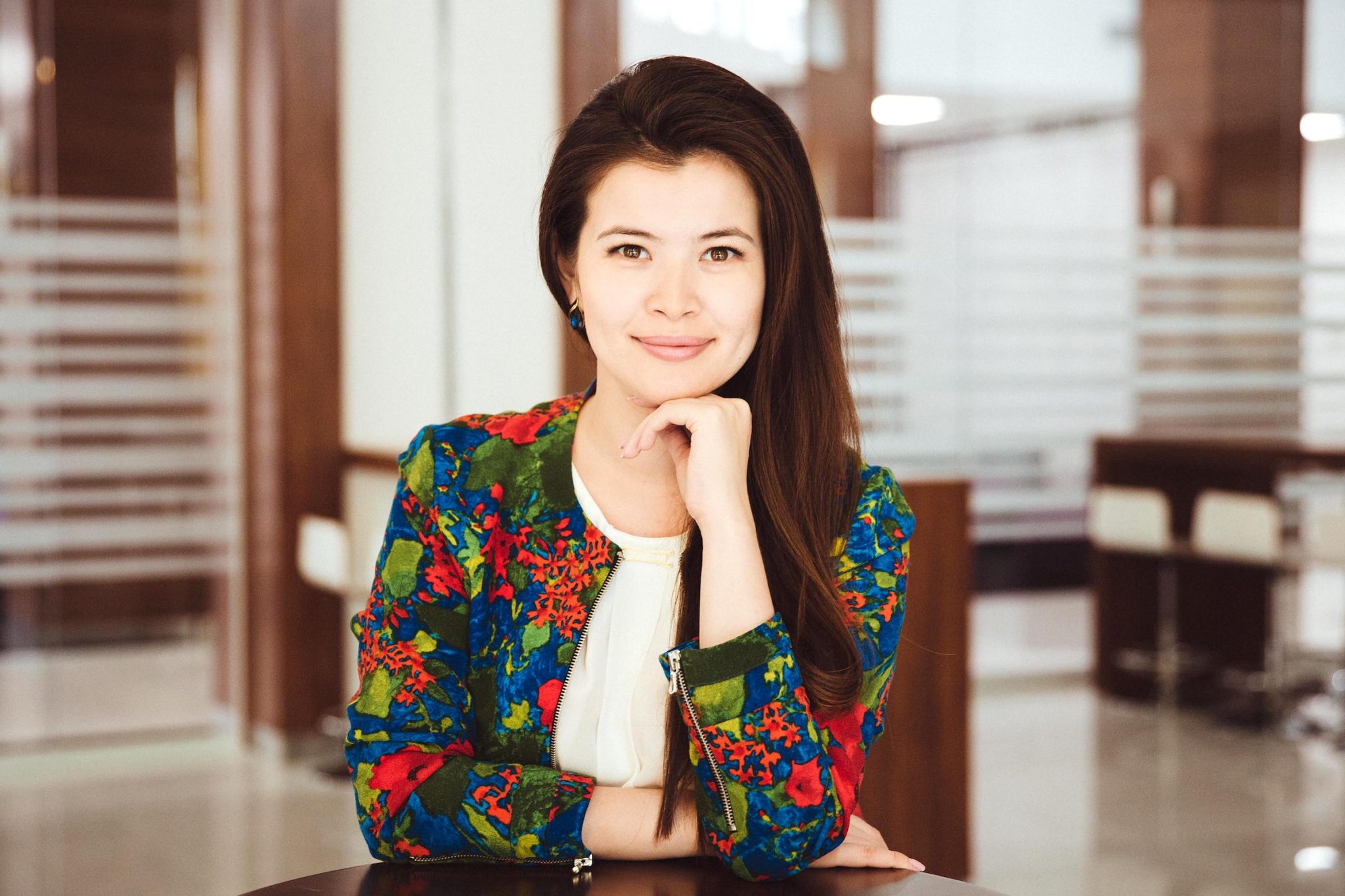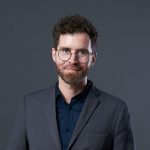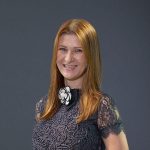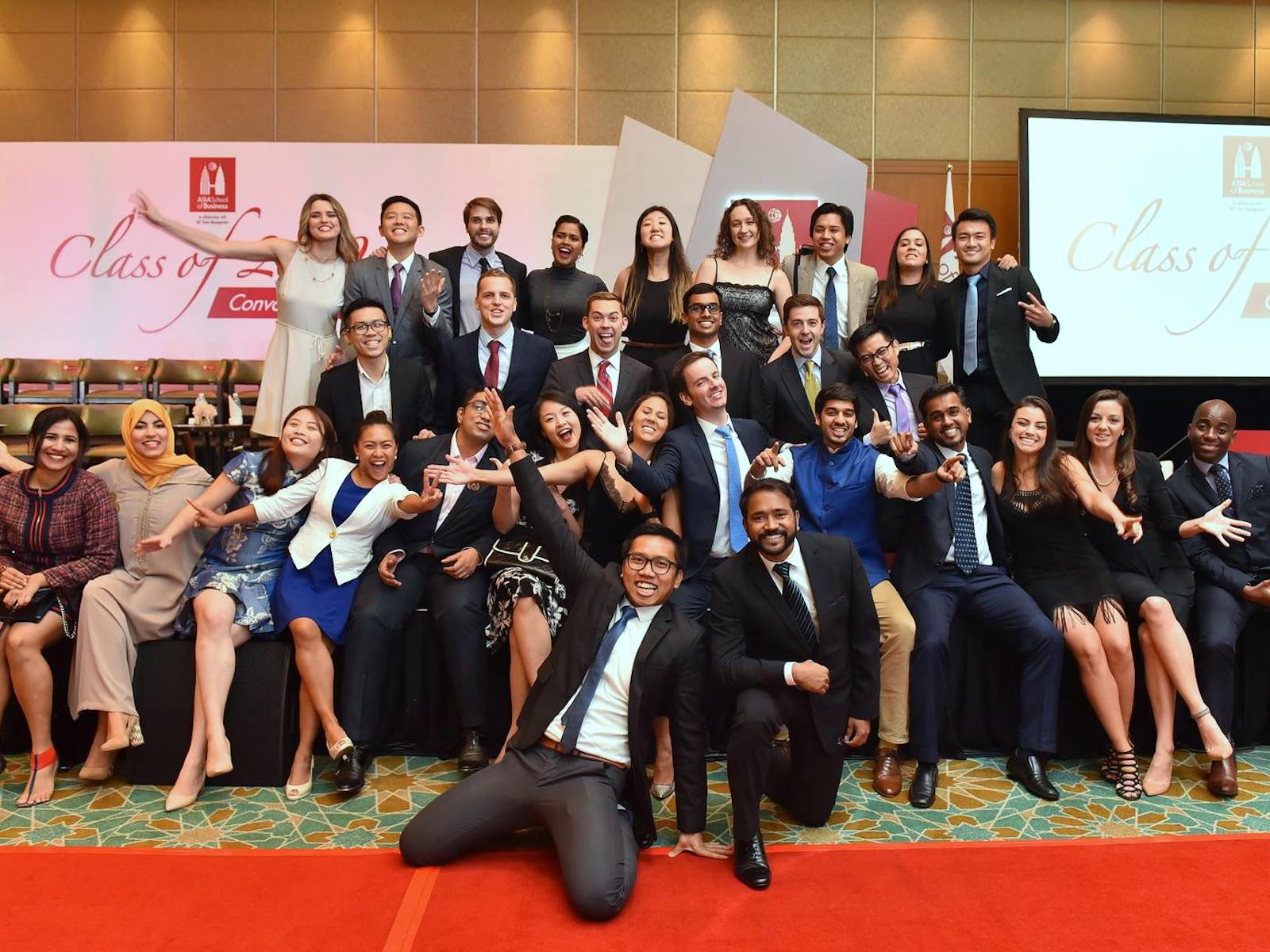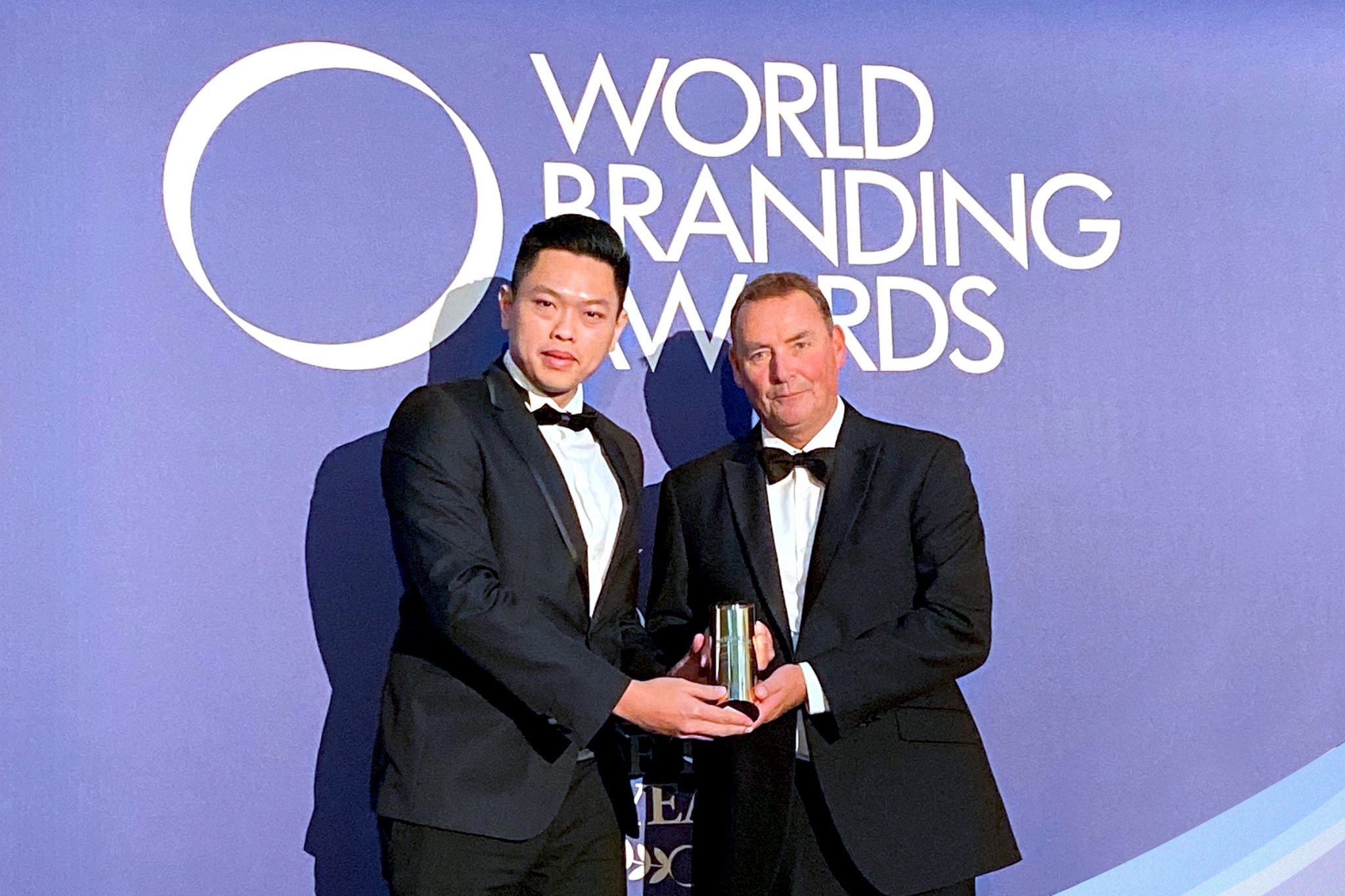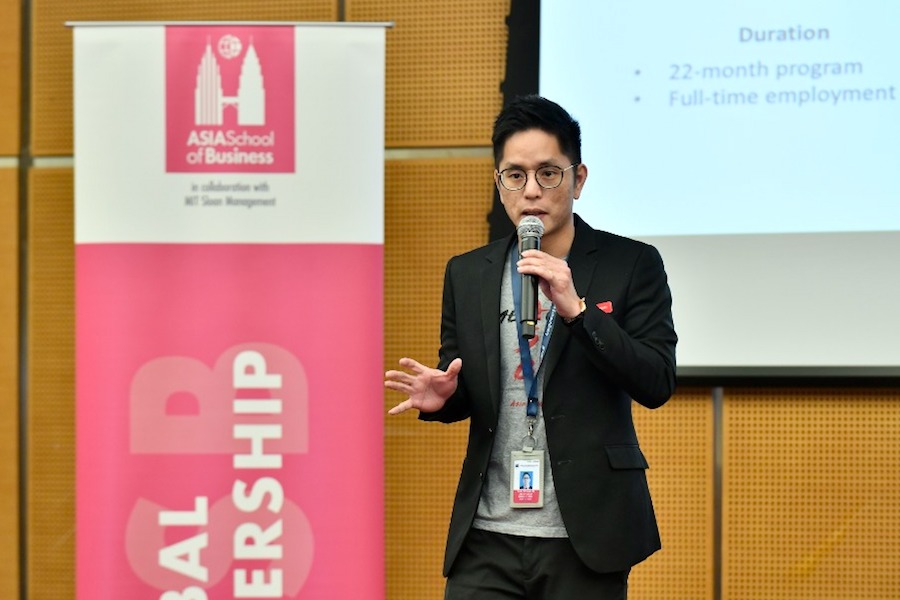Most business schools, for their fall intake, post their round three or four application deadlines in March and April. But the COVID-19 pandemic has changed everything, and schools across the world are pushing back their start dates, extending their application deadlines, and even accepting applications after the deadlines.
Asia School of Business (ASB), in Malaysia, for example, has pushed its fall semester start date back to September 28th. Despite deadlines having passed, the school continues to consider strong applications for its MBA class. So if you’re starting to put together your MBA application, here’s what you need to take into consideration if you want to give yourself the best chance of getting in.
1. Consider what you stand to benefit from an MBA
The investment of going to business school is not insignificant, especially in the face of economic recession. But many will attest to these times of economic crisis being the best time to apply for business school.
Evidence for the impact of a business education on your development is both anecdotal and research-based. 94% of business school alumni saw their experience as ‘personally rewarding’, according to the Alumni Perspectives Survey from the Graduate Management Admission Council (GMAC); 89% saw it as ‘professionally rewarding’ and 73% as ‘financially rewarding’.
Gulnura Rakhyshova, associate director of admissions at Asia School of Business, believes now is a great time to apply. “People [often] go get their MBA during a recession, because once they come back, the market is a lot stronger,” Gulnura says. This is true for candidates whose job, company, or industry might be in a state of uncertainty. “Many people aren’t sure if they’ll keep their jobs, so an MBA is something they know they can do.”
2. Identify the right location and type of program
As with any time of the application cycle, candidates should take their time to research different schools, locations, and MBA program types to find one which is the best fit. The COVID-19 pandemic has had a significant impact on candidate preferences, given the pandemic’s varying effect on different parts of the world. Typically US schools have seen sharp increases in applications during times of economic recession—but with the disease continuing to spread quickly in the US, this might seem less likely.
Gulnura believes that many countries in Asia where the response has been celebrated, Malaysia included, will be more attractive to applicants. “Asia was actually able to recover a lot faster, and address the situation, because it’s not the first time these countries have experienced this pandemic situation,” Gulnura says. Gulnura also believes that schools who responded quickly to the pandemic will stand out to applicants. ASB was quick and relatively seamless in making the move online.
Professors, many of whom are based abroad or at ASB’s associate institution MIT Sloan School of Management, are used to conducting much of their coaching and support online. In the long term, however, Gulnura believes that in-person programs, as opposed to those conducted entirely online, remain the superior format for those looking to make a significant career change.
Networking is more integral on full time programs, given the time you spend forging relationships and bonds with your classmates. At ASB, the Action Learning Projects—five semester-long projects at real companies across the region—form the backbone of networking on the MBA, giving students introductions to real employers. “This is something you wouldn’t have on an online degree, and you’d have to make these introductions alone.”
3. Get in contact with the school
So you’ve decided on the right program and school? The next step is to reach out. Gulnura recommends that any candidates who are considering submitting an application should get in touch with the school as soon as possible. Firstly, from an informative standpoint. “Being in touch with the school means a lot. The school can tell you about changes to their application process.
They can connect you with admits, current students, and alumni, who can give you ideas on how to strengthen your application,” Gulnura says. But more than that, registering interest with a school might strengthen their interest in you as a candidate. “If you stand out as a prospect before you even apply, you’re going to stand out even more when you’ve submitted. Schools tend to like people who are engaged.”
4. Articulate why you’re a good fit
Trying to stand out, and making a convincing case as to your fit, is the aim of every MBA applicant. It’s actually simpler than you think. It comes down to doing the right research and understanding the specific value proposition of the school.
“If you’re sending out a message about yourself, you have to align it with the school’s value proposition,” Gulnura says. “Some schools have more of an innovation focus, some have more of a consulting focus. Make sure your future career goals, and what you believe in, are aligned with what the school offers you.”
Read the full article here.
This article was originally published on BusinessBecause, a network helping MBA students make connections before, during and after their MBA.
